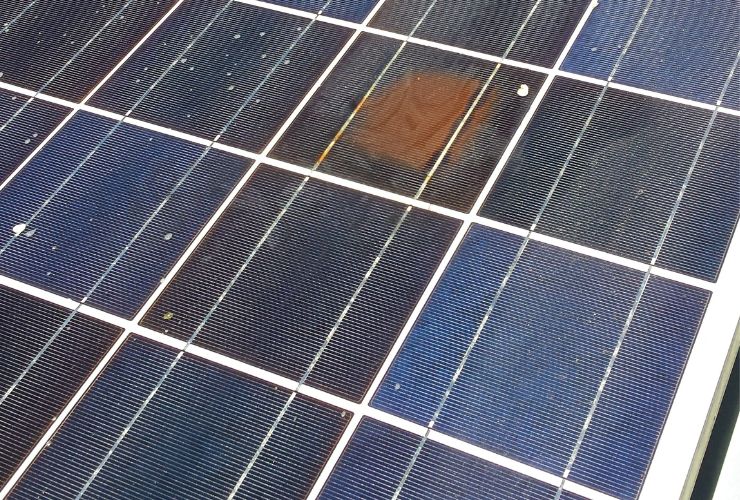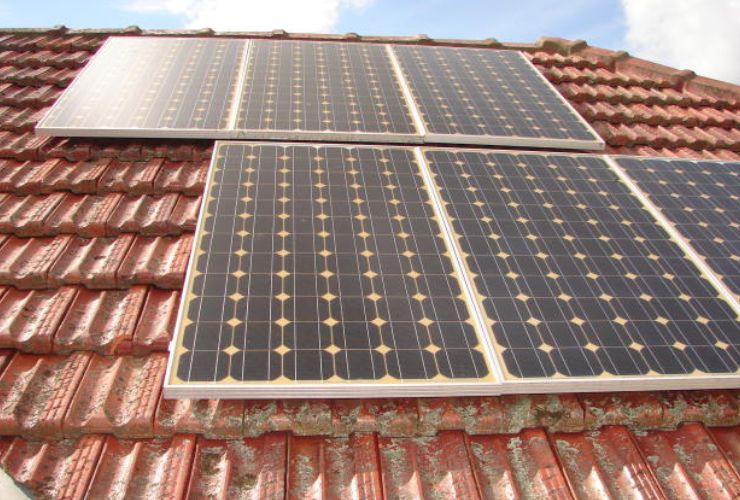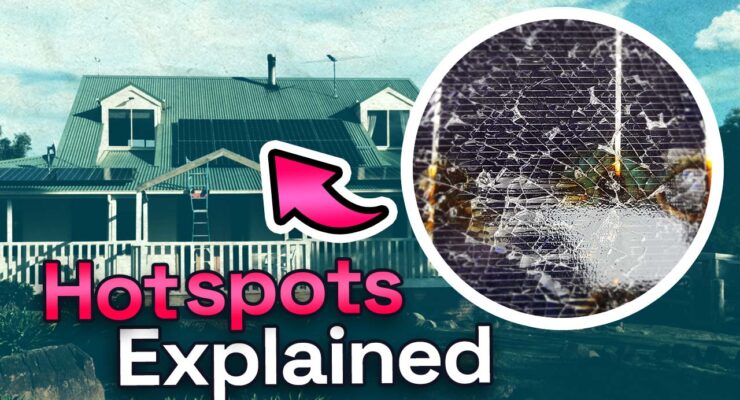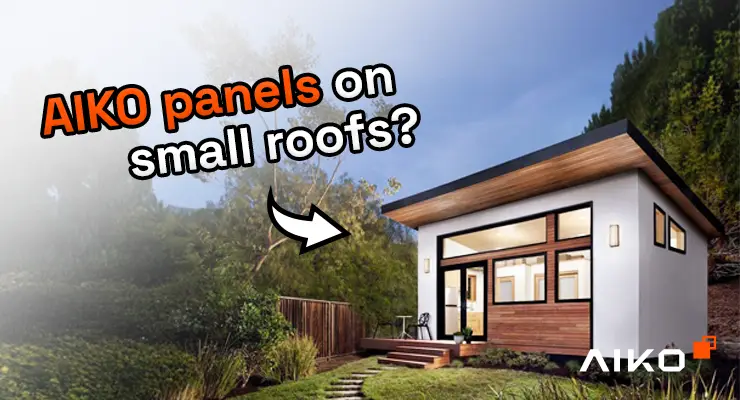Fast read
Delamination is the separation of layers in a material, and in the context of solar panels, it refers to the separation of layers within the panel itself. Various factors, including poor manufacturing conditions and lower-quality backing sheets, can contribute to it.
Delamination can be harmful to a solar panel and is a death sentence. However, production quality is the most important factor influencing whether or not delamination occurs.
Hot spots on a solar panel are areas of the panel that get hotter than usual, resulting in poor performance and even panel damage.
In addition, incompatibility between the electrical characteristics of the solar cells within the panel or microcracks frequently causes these hot spots, which can result in uneven power distribution an increase in temperature in specific areas of the panel, and finally, permanent damage.
What is delamination of a solar panel; What causes it?
Delamination of solar panels is the separation of layers in a material, it refers to the separation of layers within the solar modules itself.
This can be caused by various factors, such as the solar panel manufacturing shortening of the lamination time to save electricity, faults such as uneven surfaces in the lamination machine, and poor quality panel backing sheet material.
The delamination of solar panels is a death sentence. The damage is extremely severe because it will allow water to enter the panel over a relatively short time, causing corrosion in the soldering and busbars, ultimately resulting in earth faults. Solar panels with delamination issues need to be replaced urgently.
The quality of production is the most influential factor determining if delamination occurs. Incompatible layers of glass and plastic, poor-quality laminating machines and ineffective temperature regulation are some issues that can arise in production.
However, as knowledge and manufacturing processes for solar panels have drastically improved in recent years, the likelihood of poor production results has declined. Unfortunately, other factors can still damage solar panels beyond repair.
Hot spots
One of the critical reasons for hot spots is a cracked solar cell. As the naked eye cannot see, these cracks, called microcracks, can occur in the factory, the handling during transport and distribution, or their installation. In addition, the impact of large hailstones or other objects like cricket balls can also cause microcracks.
This is why one seeks to employ quality installers who know how to handle the panels without causing damage.
Incompatibility between the electrical characteristics of solar cells within the panel can also cause hot spots. For instance, if there’s a significant variation in solar panel efficiency between cells, it’s typically because of poor sorting and categorising of cells during the panel production process.
This can result in an uneven distribution of power and an increase in temperature in specific areas of the panels where a high-current cell is adjacent to a lower-current-rated cell. The lower current cell causes a blockage of power and resistance and generates heat, leading to a hotspot.
Poor quality, uneven soldering, and poor connection between solar cells can also create resistance leading to hotspots.

The causes of delamination in solar panels
Various factors can lead to the delamination of solar panels. Things like shading from trees, chimneys, antennas, or buildings, as well as the buildup of dust or debris, or damage to the panels themselves, can all play a part.
You might notice some signs if you look at the panel. For example, areas that are affected might look darker or have a different colour. Sometimes, you might even see burn marks on the backing sheet.
Keeping an eye out for these signs can help you catch any issues early on and prevent further damage to your solar panels. Regular inspections and maintenance can go a long way in ensuring that your solar panel system stays in good shape and continues to work efficiently.
The effects
Delamination of solar panels is a significant issue that can negatively impact their efficiency. It happens when the layers inside the panel start separating.
At first, this makes the panel less efficient. But if it keeps going, the panel can get scorching hot and the glass might even crack, once that happens, there’s no way to fix it.
Sometimes, if things get extremely bad, a delaminated solar panel can even catch fire. But don’t worry too much – nowadays, most solar panels have special stuff in them to stop fires from happening.
So, even though delamination is a serious issue, there are ways to deal with it and make sure your solar panels keep working like they should. Just make sure to check them regularly and get help if you notice any problems.
Prevention of delamination and hot spots
Preventing delamination of solar panels is all about making smart choices from the start. First off, pick a quality solar panel brand and make sure you have a skilled installer who knows what they’re doing.
Keeping your panels clean is super important too. Dust and dirt can make delamination worse, so make sure to give them a good clean regularly.
Leave the setup of your solar power system to the professionals. Professionals will consider everything, including the positioning of your panels, potential shading, and the climate and environmental conditions in your area.
Getting all these factors right from the get-go can keep your panels in top shape and working efficiently for years to come.

So, to wrap things up, the delamination of solar panels is a big deal. It can mess up how well your panels work, cause damage that can’t be fixed, and even put your safety at risk. But don’t worry, there are things you can do to avoid it.
First off, make sure you’re starting with good-quality solar panels, then, keep an eye on them by doing regular checks. It’s also a smart move to get help from a trusted quality solar company that’s approved by the Clean Energy Council.
By doing these simple things, you can steer clear of delamination issues and keep your solar panels running smoothly and safely for a long time at optimal performance.



